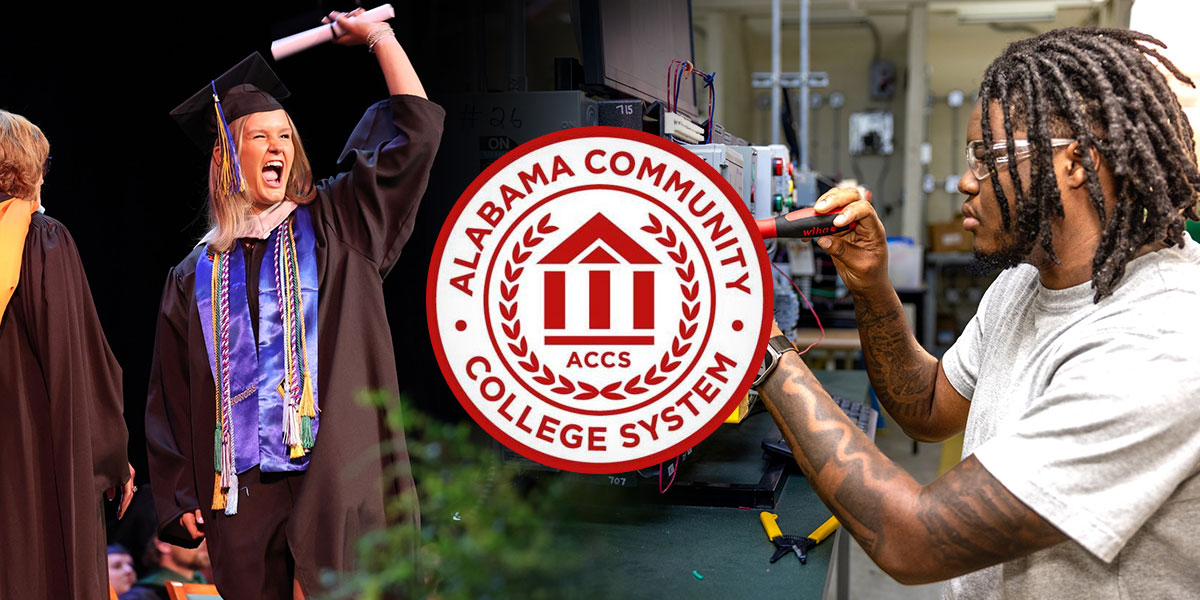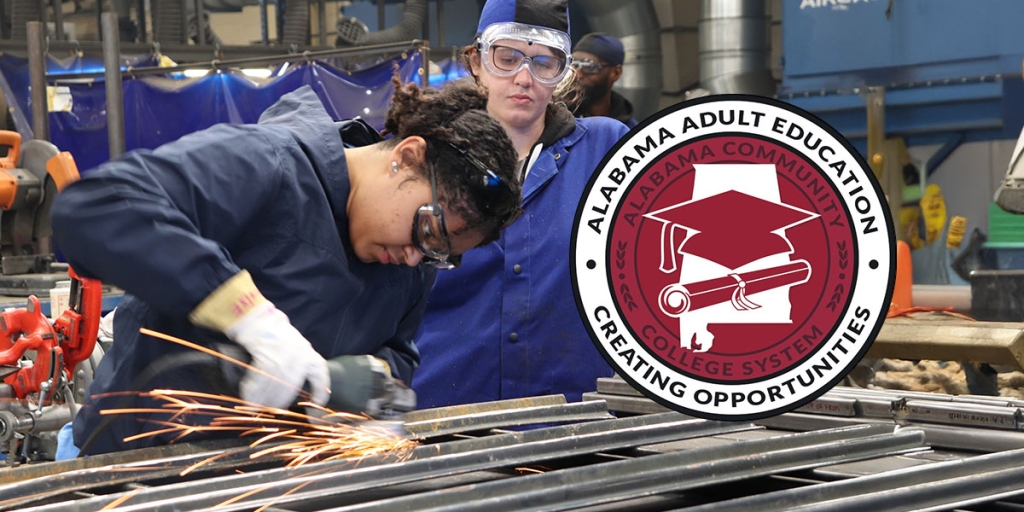In April, we celebrate Community College Month, a time to recognize the significant impact that community colleges have on individuals, families, and communities across the United States. In Alabama, this celebration takes on special meaning, as Governor Kay Ivey and the Alabama Community College System (ACCS) Board of Trustees officially declared April as Community College Month, further solidifying the important role these institutions play in the state’s economic growth, educational opportunities, and workforce development.
The Heart of Alabama’s Education and Workforce Development
The Alabama Community College System, consisting of 24 public community and technical colleges, is the largest network of post-secondary education and training in Alabama. Each year the system serves more than 140,000 individuals, offering a wide range of affordable and accessible programs to help students from all walks of life build better futures. With over 130 physical locations and online offerings, community colleges in Alabama are truly committed to meeting students where they are, ensuring that everyone has an opportunity to access higher education and skill development.
This month’s celebration acknowledges the contributions of these institutions, which not only provide high-quality education but also offer pathways to career advancement and economic mobility. According to the proclamation signed by Governor Ivey, Alabama’s community colleges generate over $8.1 billion annually for the state’s economy, supporting 1 out of every 26 jobs. An astounding 96% of students attending community colleges in Alabama are residents of the state, and 70% of graduates choose to stay, work, and invest in Alabama—creating a cycle of prosperity that benefits everyone.
Real-World Impact: Empowering Students for a Brighter Future
Community colleges in Alabama are at the forefront of developing both skilled workers and engaged citizens. Kayley Peebles, a student at Lurleen B. Wallace Community College, shares her personal experience, highlighting the value of community college education: “Starting the esthetics program while pursuing my associate degree was one of the best decisions I have ever made,” Peebles says. “The program has deepened my skincare knowledge and offered me 225 internship hours—experience that will be essential for my future resumes and medical school applications.”
Kendall Galloway, a graduate from Bevill State Community College, echoes this sentiment. “Career and technical education changed my life, and I see it changing lives every day,” she says. “Whether you’re a high school student considering dual enrollment, someone looking for a fresh start, or an employer seeking a well-trained workforce, your local community college can help you take that next step. The resources, training, and career pathways are there—you just have to take advantage of them.”
This real-world training, often integrated into the curriculum through internships, apprenticeships, and dual enrollment programs, prepares students for the workforce while allowing them to earn college credit. The opportunity to gain industry-recognized credentials in as little as a few weeks ensures that Alabama’s workforce remains competitive in an ever-changing job market.
A Gateway to Alabama’s Future
As we celebrate Community College Month this April, it’s important to reflect on the essential role that Alabama’s 24 community and technical colleges play in shaping the state’s economy and educational landscape. Whether it’s providing accessible pathways to higher education, fueling workforce development, or supporting local communities, these institutions continue to make a difference in the lives of thousands of Alabamians.
The Alabama Community College System stands as a beacon of opportunity, and as we move forward, it will continue to serve as a critical gateway to educational success, career advancement, and economic prosperity for generations to come.










